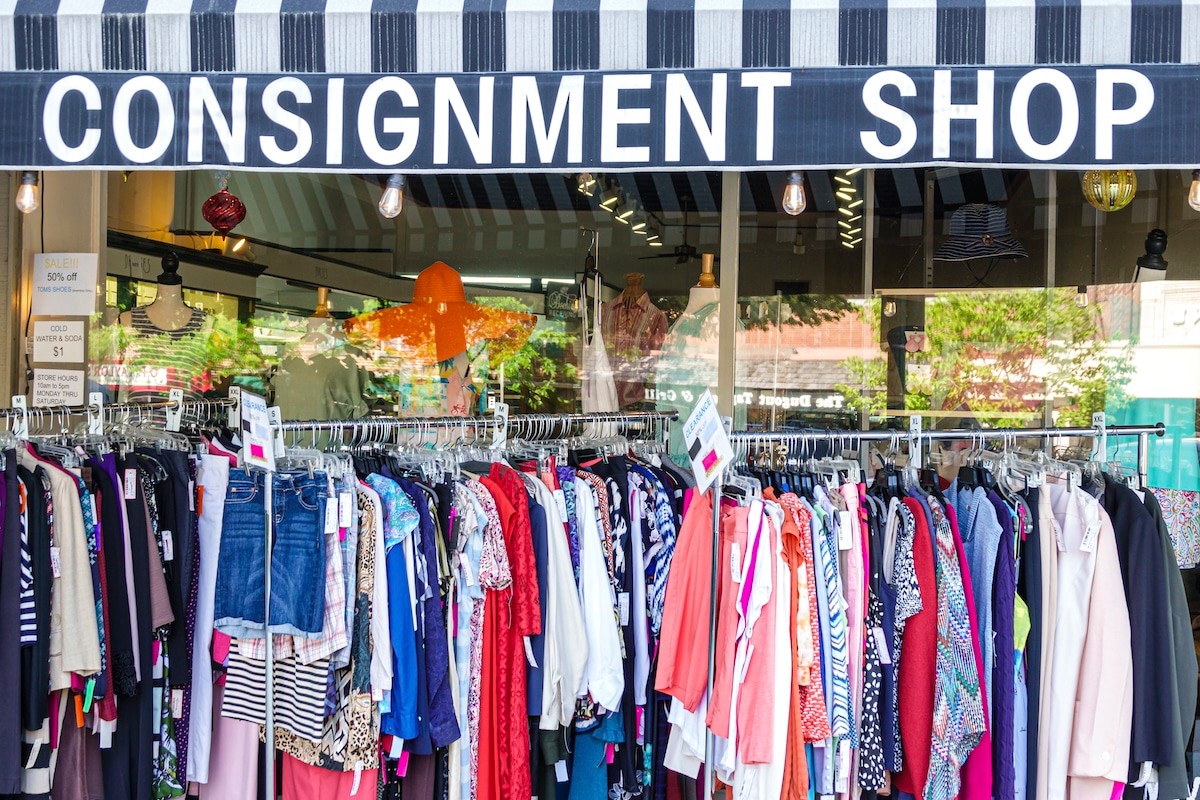
The secondhand market is experiencing an unprecedented transformation, with projections showing the US secondhand apparel sector alone reaching $74 billion by 2029. This surge reflects a dramatic shift in consumer behavior and shopping preferences.
Gone are the days when thrift shopping meant rummaging through dusty shelves in dimly-lit stores. Today's resale landscape is increasingly digital, sophisticated, and mainstream. Major platforms like Poshmark, ThredUp, and Facebook Marketplace are revolutionizing how people buy and sell pre-owned items.
The appeal spans across demographics. Parents seeking affordable children's clothing, budget-conscious shoppers hunting designer deals, and luxury consumers searching for unique vintage pieces all participate in this growing marketplace. Even high-net-worth individuals are active participants - half of 1stDibs buyers have household wealth exceeding $1 million.
Technology is making the experience smoother for both buyers and sellers. Artificial intelligence now helps with photo editing, listing creation, and counterfeit detection. Platforms are developing innovative tools to match consumers with items that fit their style preferences.
Major retailers are jumping on board. REI's Re/Supply program, launched in 2018, served 650,000 members in 2024 alone. Traditional brands are partnering with resale platforms, recognizing that resale potential can drive new product purchases.
Economic factors may further accelerate growth. With potential tariffs affecting new goods prices, secondhand items become increasingly attractive as they're already in the country. The planned closure of the "de minimis" tax loophole could level the playing field between resale and fast fashion competitors.
However, challenges remain. For businesses, managing unique inventory and achieving profitable scale is complex. For consumers, the treasure hunt nature of secondhand shopping can be time-consuming and overwhelming.
Despite these hurdles, the resale economy shows no signs of slowing. As sustainability awareness grows and economic pressures mount, more consumers are expected to embrace secondhand shopping as a smart, sustainable choice.
The future of retail increasingly looks circular, with consumers both buying and selling in a dynamic marketplace where one person's unwanted items become another's treasured finds.